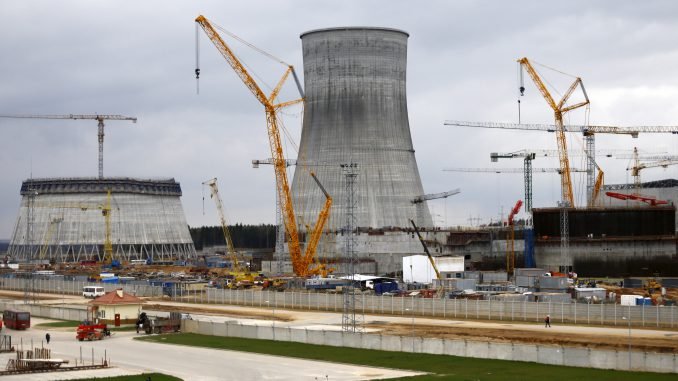
“We are very concerned that Belarus applies nuclear safety standards selectively. This is unacceptable,” he said in a press release.
The Foreign Ministry said that it had received an answer from Yukiya Amano, director general of the International Atomic Energy Agency (IAEA), to a letter in which Lithuania expressed its concern over recurring incidents at the Astravyets site and reiterated its requirement that Belarus invite a Site and External Events Design (SEED) mission of the IAEA for a full-scale assessment review of the site and design safety, risk and resilience, and carry out stress tests.
The IAEA confirmed in the response to the letter that Belarus was hosting an incomplete SEED IAEA mission between January 16 and 20. It was the host country that decided on the scope of the mission, rather than the IAEA, the ministry said.
“Belarus has skipped the assessment of the site and invited the SEED IAEA mission, which is likely to be limited to the assessment of the design safety. The IAEA mission is to assess only those modules that were selected by Belarus. The country will then publicly disseminate information about some positive findings thus misleading both its own society and foreign countries,” Linkevičius said.
He noted that the selective application of nuclear safety standards implied a conclusion that the Astravyets plant developers had something to hide.
“Lithuania draws attention to the fact that the IAEA mission will not analyze such key issues as criteria for the site selection, environmental impact assessment, or whether and if yes, then how seismic surveys were carried out,” the ministry said in the press release.
Lithuania has doubts about the safety of the Astravyets plant as a number of mishaps and incidents have occurred at the construction site, which is located just 50 kilometers from Vilnius.
Belarus is building two nuclear reactors of 1,200 megawatts each in Astravyets, with the first unit planned to be switched on in 2019 and the second one in 2020.

Be the first to comment